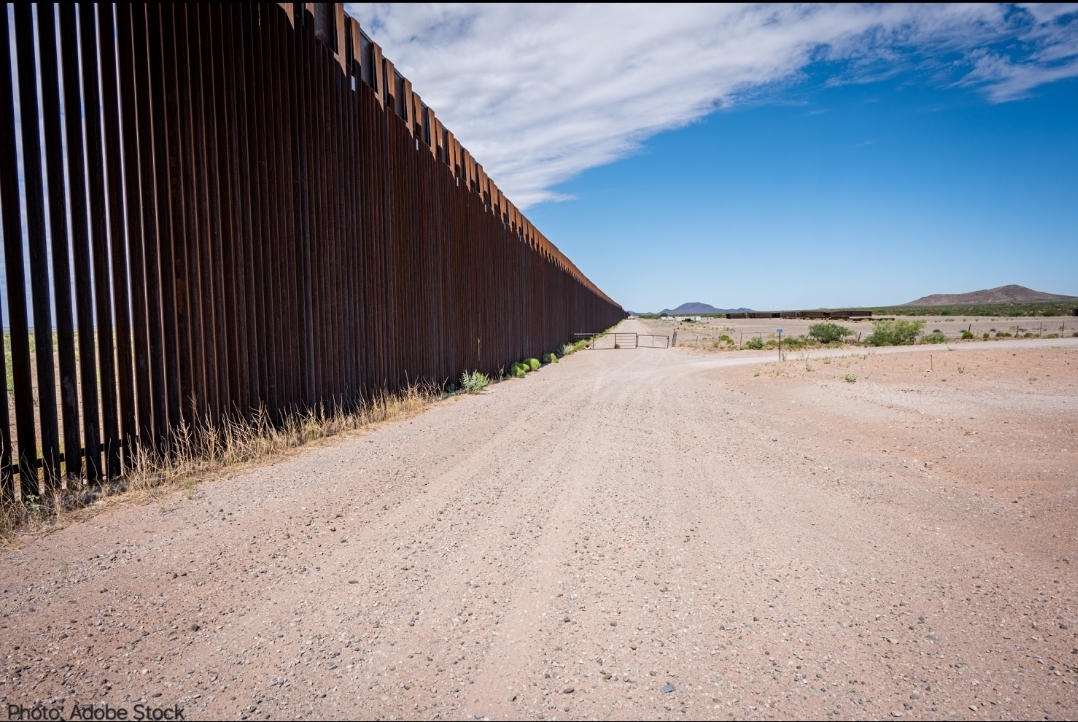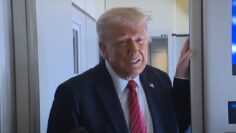
Op-Ed: Obama deported more than Trump, so why is immigration now so controversial?
By Easton Martin
Since the 2008 election cycle, the mainstream policy positions on immigration from the respective parties has shifted dramatically. Right now, president Trump’s administration is enforcing common sense security measures along the southern border, as well as instructing ICE to deport individuals who have entered the country illegally. Many of those on the left see this as inhumane, authoritarian, and cruel, yet most of the current administration’s positions would be acceptable in contrast to those of the candidates in the 2008 election cycle.
Leading up to the election, candidate Barack Obama gave a speech at the annual meeting of the national council of La Raza. While his speech was tailored to the views of the Latino civil rights advocacy organization he was speaking to, he did not mince words in speaking of enforcing proper immigration protocol:
“Yes, they broke the law. And we should not excuse that. We should require them to pay a fine, learn English, and go to the back of the line for citizenship – behind those who came here legally. But we cannot – and should not – deport 12 million people.”
Obama’s views were clear: immigrants are welcome, but you must follow the law. His rhetoric during the campaign was largely consistent- we should enforce border security and promote a reasonable path to citizenship to avoid mass deportations. This was attractive to many voters in theory, but in politics, one can never expect a candidate to act as they have promised.
Over Obama’s 8 years in office from 2009 to 2017, a total of approximately 3 million non-citizens were deported from the country, the highest total under any president in our nation’s history. A major reason for this was the Secure Communities program launched by DHS under the Bush administration. The program was a federal information sharing partnership between ICE and the DHS which aided in identifying non-citizens already in custody of local law-enforcement. Individuals who were flagged by the system were held for an additional 48 hours, allowing ICE to take custody of them and initiate deportation.
The program allowed law enforcement agencies to identify individuals who presented the most significant threat to the public and send them back to their country of origin. While the program was initially launched under the Bush administration, the Obama administration picked up right where they left off. Under the new president, the protocol was scaled to a nationwide level, allowing for an even greater amount of immigration enforcement than was possible under Bush.
With this nationwide push for detecting criminal illegal aliens, the number of deportations naturally began to skyrocket, hitting a peak of over 438,000 in FY 2013. This number also includes border removals- individuals who crossed illegally, were detained, and expelled within a few days. As sharp as the backlash is now against immigration and border security enforcement, one cannot help but wonder, what changed?
In June of 2015, the now President Donald Trump announced his running for the 2016 election. Trump was not shy about his views on illegal immigration, stating in his campaign launch speech at Trump Tower, “When Mexico sends its people, they’re not sending their best… They’re bringing drugs. They’re bringing crime. They’re rapists. And some, I assume, are good people.”
Trump’s statement made clear that he was serious about cracking down on illegal border crossings, and that letting people into the country who we do not know can be highly detrimental.
It seems that as Trump’s campaign grew, and his rhetoric became more and more controversial, the climate around issues he found important became hostile. It represented a shift not so much on policy by Democrat lawmakers, but a detestation for Trump, which ultimately led to the rejection of his platform and issues.
As the right became increasingly aligned with and associated with Donald Trump, those on the political left reacted sharply. It was no longer an issue of the level of border security and immigration enforcement that is proper, rather, it became a problem of “If Trump supports it, then we oppose it. The rejection of Trump and what he stood for by those on the left led to a reactive shift in immigration policy as a whole.
While Trump was further to the right than Obama on immigration as a whole, it is still a fact that President Obama oversaw the most deportations of any U.S. president. No one before him, and so far no one after, has conducted deportations on such a large scale. Common sense immigration policy, which once meant enforcing existing laws and securing the southern border, has now become a deeply divisive issue, something that would have been foreign in the political climate of 2008.











